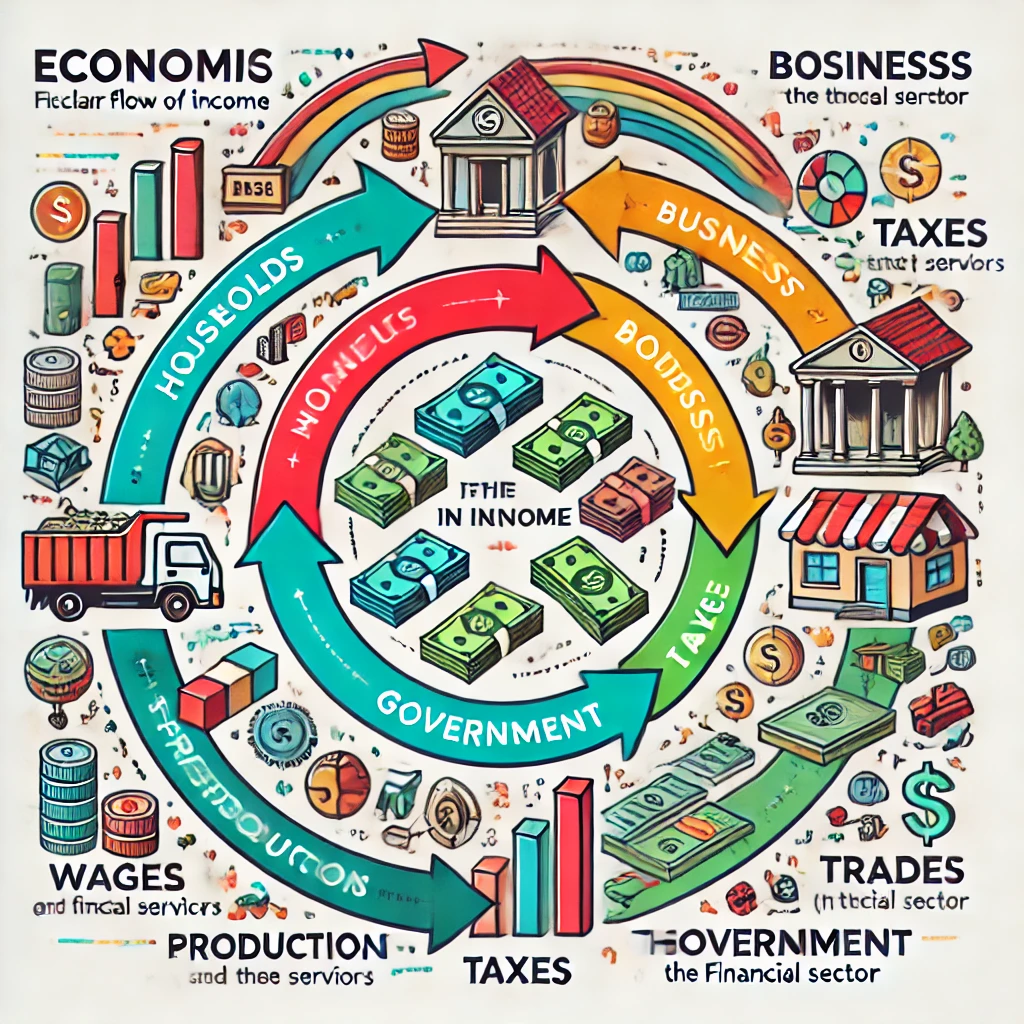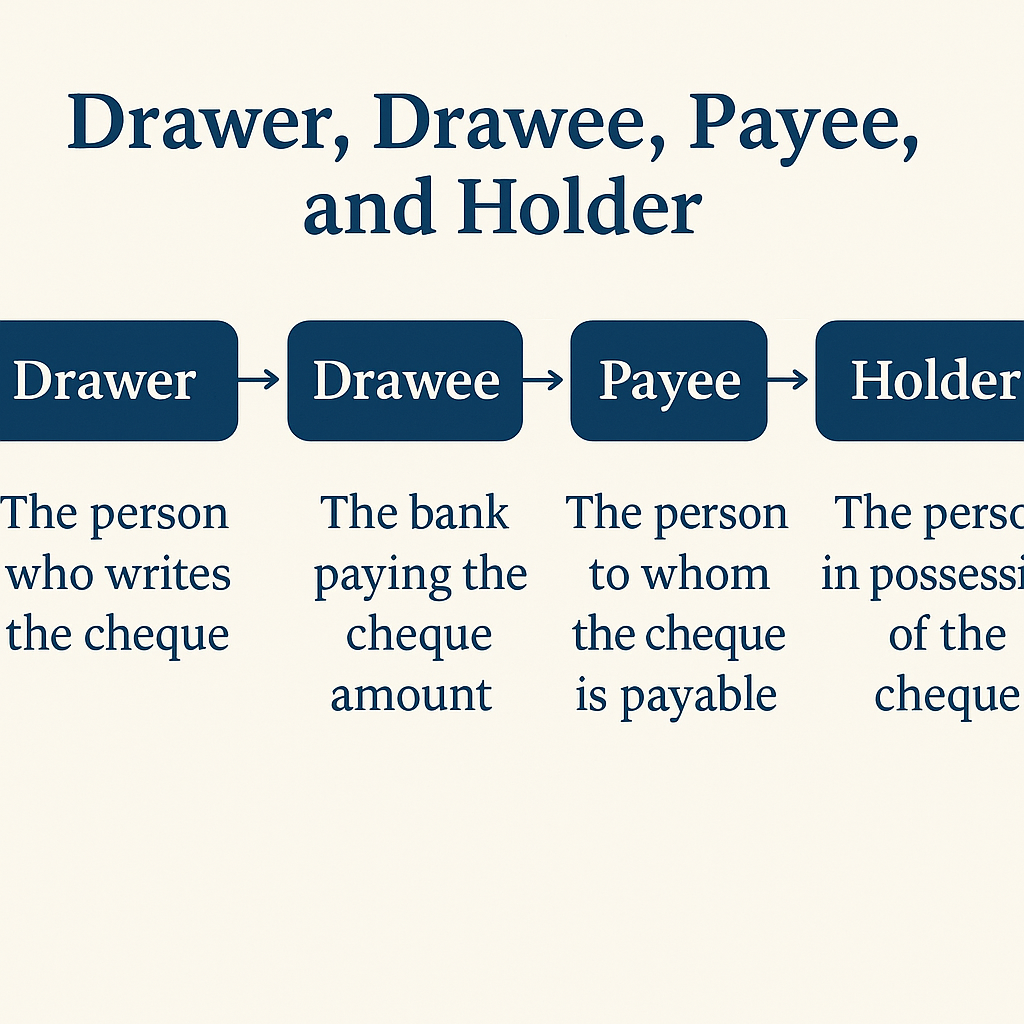The circular flow of income and expenditure is a fundamental concept in economics that explains how money, goods, and services move through an economy. This model helps us understand the interactions between different economic agents, such as households, businesses, and the government.
What Is the Circular Flow of Income?
The circular flow of income represents the continuous movement of money between different sectors of the economy. It highlights how businesses produce goods and services, households consume them, and the government regulates economic activities.
Key Components of Circular Flow
- Households – Provide factors of production (labor, land, capital) and receive wages, rent, and profits.
- Firms – Produce goods and services and pay households for their resources.
- Government – Collects taxes and provides public services.
- Financial Sector – Manages savings, investments, and loans.
- Foreign Sector – Engages in exports and imports, affecting the flow of money internationally.
Types of Circular Flow Models
- Two-Sector Model (Households and Firms)
- Households supply labor and capital to firms.
- Firms pay wages and provide goods and services in return.
- Three-Sector Model (Adding Government)
- The government collects taxes and provides services like infrastructure and healthcare.
- Four-Sector Model (Including Foreign Trade)
- Includes exports and imports, impacting national income.
Why Is Circular Flow Important?
- Explains Economic Activities: It helps understand how income and expenditure balance in an economy.
- Tracks Economic Growth: Governments use it to analyze GDP and economic stability.
- Affects Policy Decisions: It helps policymakers regulate inflation, employment, and trade.
Final Thoughts
The circular flow of income is a vital concept in economics, showcasing how money moves through different sectors. Understanding this flow helps businesses, individuals, and governments make better financial decisions.




